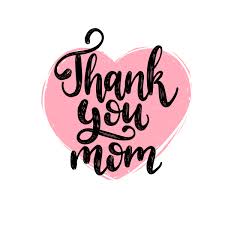Mother’s Day in in a few days and yesterday I did a voluntary “book report” on Ann Fessler’s The Girls Who Went Away. (See Post #926) One of those girls, who was not part of the book, was my birth mother. She was sent from her hometown of Shelbyville, Indiana to Indianapolis and the Suemma Coleman Home for Unwed Mothers in 1951 to give birth to me. As I tried to imagine her experience, it inspired this poetic tribute to her:
The Girl Who Went Away
When you went away,
There was no choice.
They likely decided,
You had no voice.
Alone and afraid,
No one understood.
Now labeled “bad,”
Once always “good.”
How could this,
Happen to you?
Being pregnant,
Just can’t be true.
If you were married,
It would be a blessing.
But you were shunned,
For finally confessing.
They were quick with,
Blames and shames.
They probably even,
Called you names.
They’d raised you “right,”
Where did you go “wrong?”
And under their roof,
You didn’t belong.
It was your “mistake,”
Or so they said.
Maybe you wished,
That you were dead?
So in secrecy,
They loaded the car.
And whisked you off,
To someplace far.
“We’ll bring you back,
When this is done.
Once you’ve had,
Your daughter or son.”
You’re left with strangers,
Their “problem” gone.
You cried and cried,
Before the dawn.
Your life had changed,
You were on your own.
But this wasn’t caused,
By you alone.
Where was he?
Maybe didn’t know?
Or disappeared,
As you started to show?
Society dictates,
As reality sinks in.
“You can’t raise,
This baby in ‘sin.’”
Your self esteem,
Begins to suffer.
And giving up a child,
Gets even tougher.
“It’s my baby,”
You want to say.
“But adoption is
The acceptable way.”
“Don’t be selfish,
You can’t provide.”
You’re not even given,
A chance to decide.
You do as told,
For the child’s “good.”
What you can’t give,
Someone “better” could.
“Don’t get attached!”
Then birth day came.
And you couldn’t resist,
Giving me a name.
They might have let,
You hold me some.
But sad goodbyes were,
Soon to come.
Then you leave,
With an empty heart.
And left with promises,
Of a “fresh” new start.
You start to wonder,
If I’m all right?
But they’d taken away,
Your will to fight.
Tho’ seamlessly loved,
By someone new.
Then many years later,
I’m reminded of you.
Papers are signed,
You try to move on.
But the glow of youth,
Is suddenly gone.
“You’ll forget,
As time goes by.”
But that turns out,
Another lie.
There’s this hole,
That you never fill.
And “what ifs?”
Can make you ill.
I now understand,
As they drove you that day.
You’d given me life,
But they took yours away.
Copyright 2019 johnstonwrites.com








